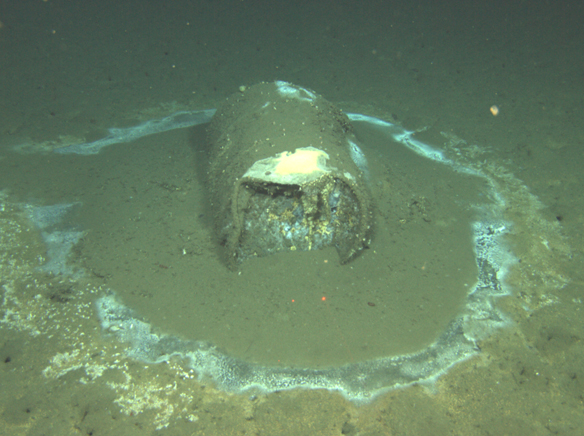
Tens of thousands of Barrels of toxic waste were dumped near Catalina
A Joint Resolution in the California State Assembly, calling of the federal government to address the issues caused by waste dumped into the ocean off the shores of Southern California passed unanimously out of the Assembly Environmental Safety and Toxic Materials Committee on April 21. Six democrats and three republicans on the committee all voted to send Assembly Joint Resolution 2 to the Assembly floor for a full vote.
The resolution cites the dumping of chemical waste off the north shore of Catalina Island. More specifically, the committee is recommending the federal government look into trying to rectify issues that stem from the dumping of dichloro-diphenyl-trichloroethane (DDT) waste from the late 1950s to the early 1970s. the resolution was authored by Assemblymember Patrick O’Donnell (D – Long Beach), who also represents Catalina Island.
“While numerous actions have been taken to limit the dumping of hazardous waste in the waters off the California coast, waste sites created prior to modern environmental protections continue to pose a threat to oceanic wildlife and human health,” O’Donnell wrote in a summary analysis of the resolution.
“The recently rediscovered DDT waste dumping site near Santa Catalina Island has likely done significant damage to our ocean’s ecosystem and will continue to do so unless further action is taken,” O’Donnell wrote
In October of 2020, the Los Angeles Times published an investigative report that outlined how an estimated 870 to 1,450 tons of DDT were dumped into the ocean near Catalina Island.
Those numbers are just a ballpark and could be much higher. Research also indicates the possibility of affects being passed on through generations of wildlife and humans through fat storage.
DDT was developed as a pesticide and was credited with eradicating the threat of some diseases such as malaria, it was eventually banned when it was discovered to be a sever threat to human and animal life.
Experts estimate that potentially hundreds of thousands of barrels of DDT waste have been sitting at the bottom of the ocean floor at a depth of around 3,000 feet since the early ’70s.
Recent explorations have found them to be leaking toxic sludge, and some were even reportedly punctured at the time of dumping in order to facilitate their sinking.
“Catalina Island and its surrounding waters are a critical natural resource for California and we must take swift action to protect it,” said Assemblymember O’Donnell.
“The unanimous and bipartisan support for AJR 2 shows the Legislature’s commitment to preserving our ocean and its ecosystems for future generations,” O’Donnell said.
The investigation got renewed interest in 2011, when UC Santa Barbara scientist, Dr. David Valentine found high levels of toxicity in the waters. Samples were collected for testing and found high concentrations of contemporary DDT. “These observations are consistent with the possibility that the contents of the barrels are slowly leaking or that DDT remobilization from buried sediment is occurring with spatial heterogeneity, as might be caused by limited burrowing activity of infauna,” A report published by Veronika Kivenson, David L. Valentine, et al stated.
There had already been a confirmed report and litigation against Montrose Chemical Corporation, based in Torrance, for dumping DDT waste into the waters off Palos Verdes via sewer lines.
However, there were also shipping log tales of barrels of toxic sludge being barged out to sea and dumped. During his 2011 research, Valentine, using an underwater rover, discovered about 60 barrels of chemical waste that had been sitting at the bottom of the ocean for more than five decades.
That led to a more recent mapping of the ocean floor. Officials announced on Monday, that they had discovered more than 27,000 barrels after mapping an area of about 56 square miles.
O’Donnell was expecting to take up Assembly Joint Resolution 2 on the floor of the Assembly on Thursday.











